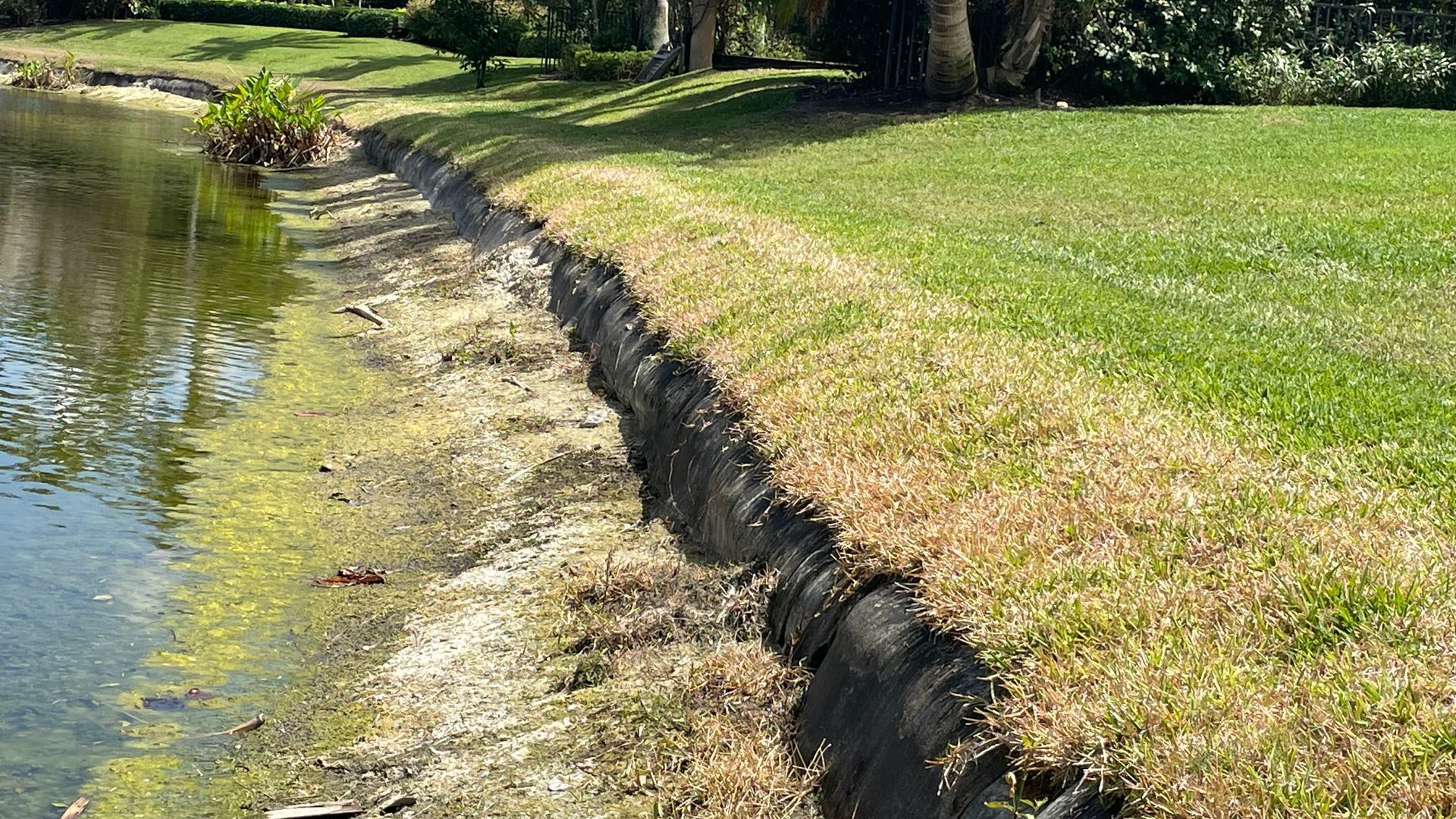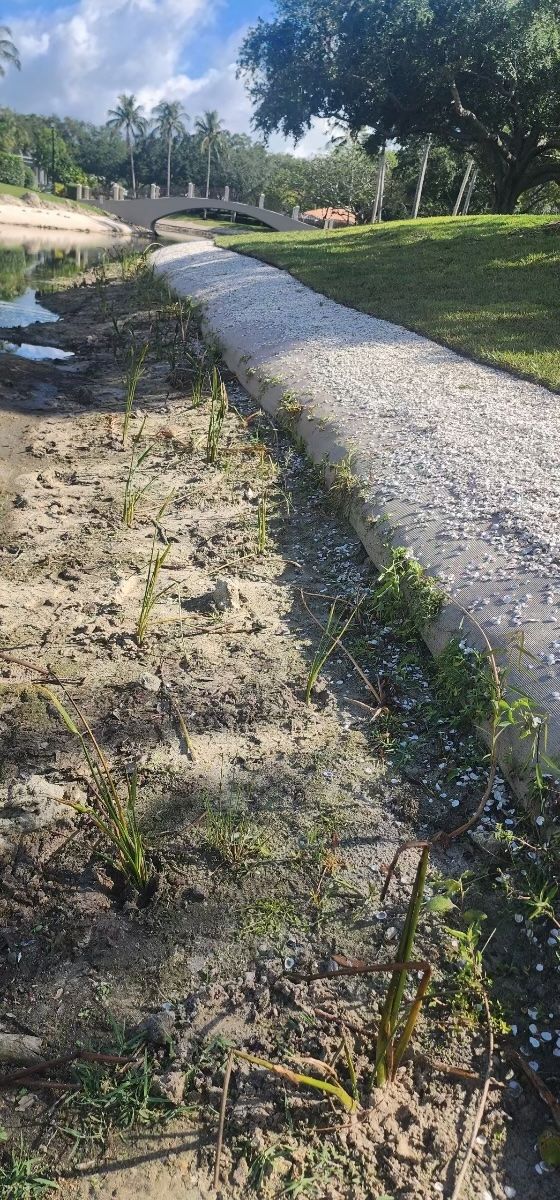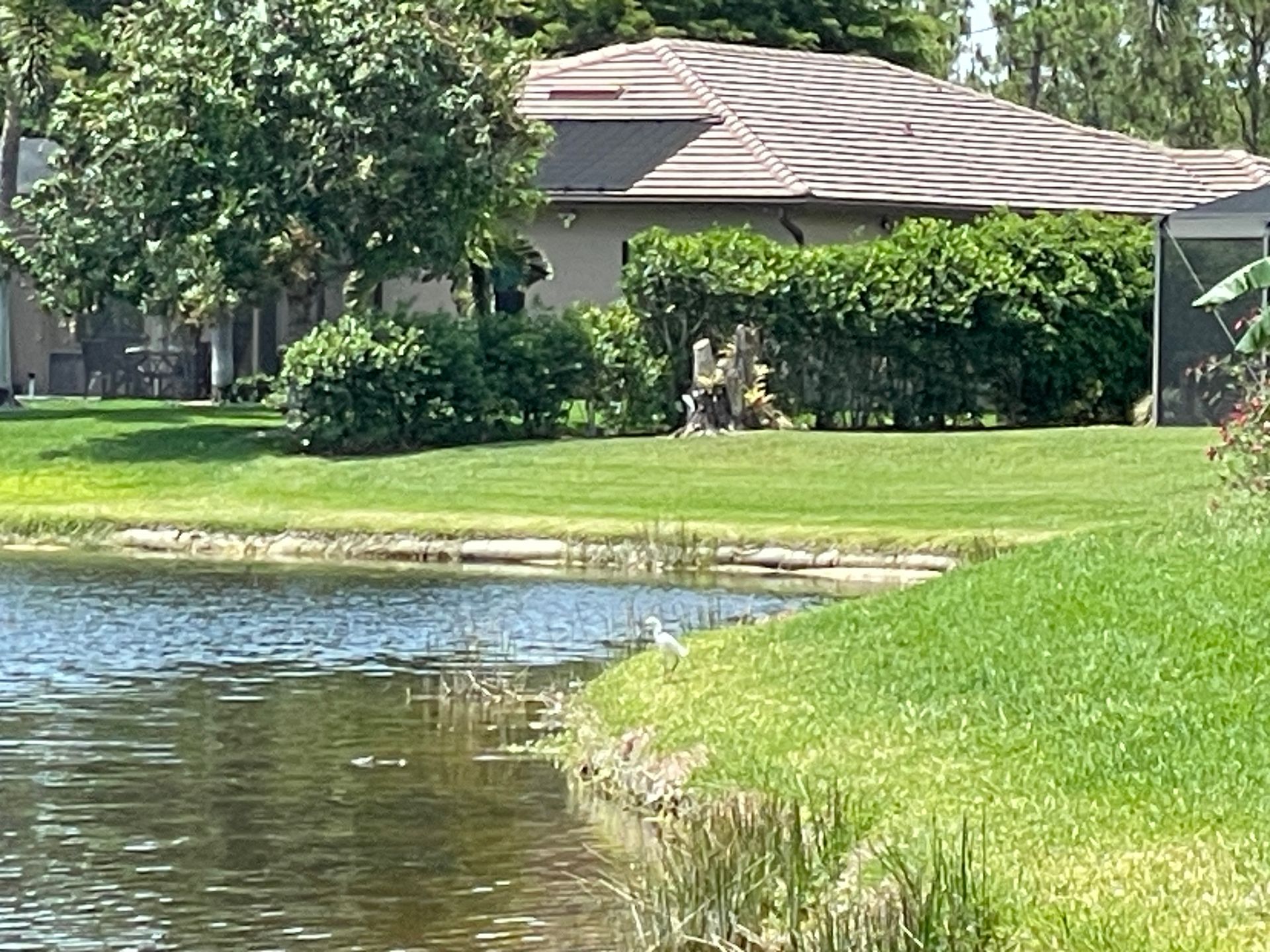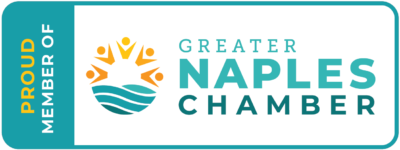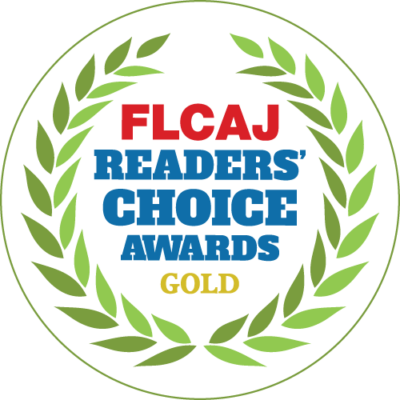Native Sod, Palms, Plants and Trees
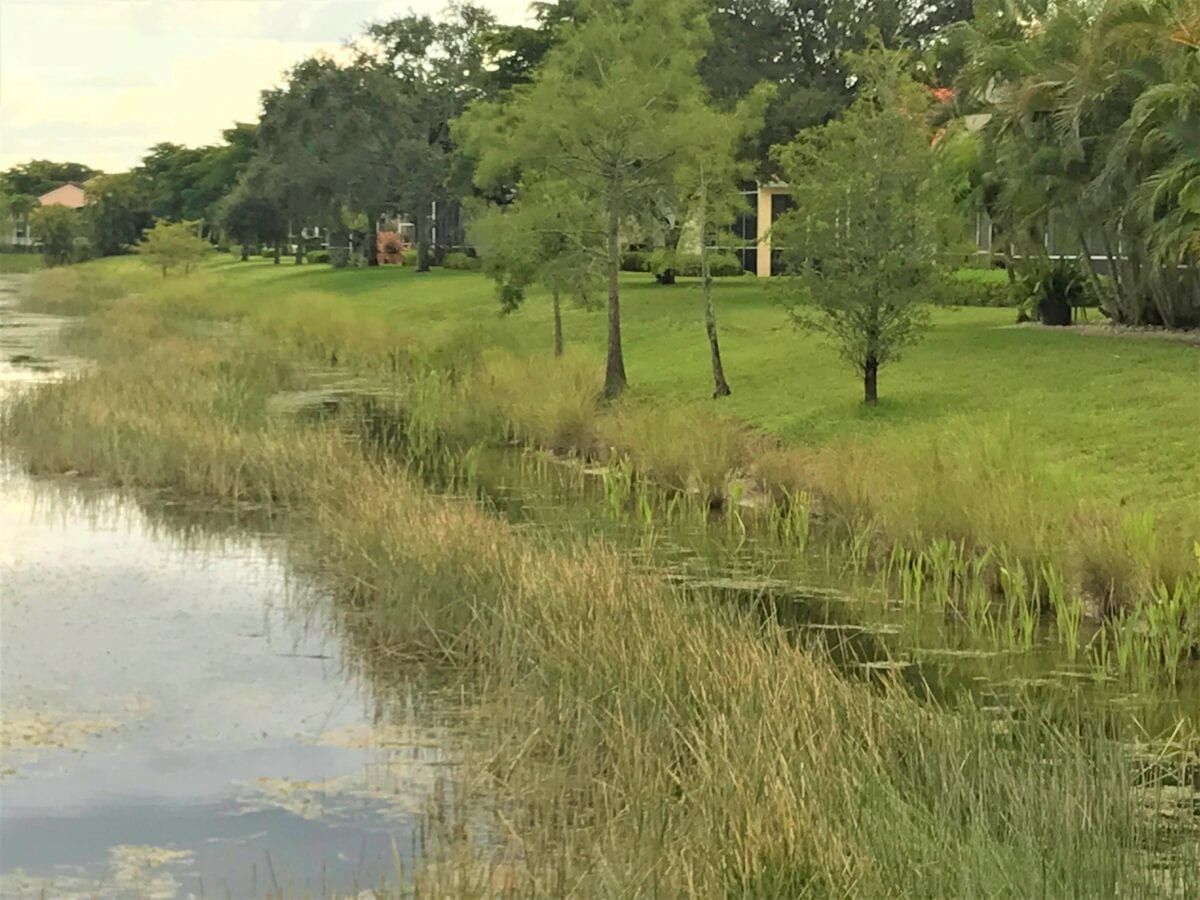
Once your shoreline erosion has been restored with compacted fill, native sod can be applied afterwards in order to hold the fill. Also, we stock a variety of native palms, plants, and trees that can be planted in littoral zones, wetland areas, and seasonally flooded landscapes. Examples include Bahia sod, Everglades Palms, Sand Cordgrass, and Bald Cypress Trees.
Benefits:
- Stabilizes the soil
- Provides aeration to ground water
- Reestablishes natural habitat
- Fulfills compensatory planting requirements
Downsides:
- Some may not survive and may need to be replaced in the future
Call us today to find out if native sod, palms, plants, and trees are the right solution for your shoreline erosion (239) 560-6923
Recent Posts
